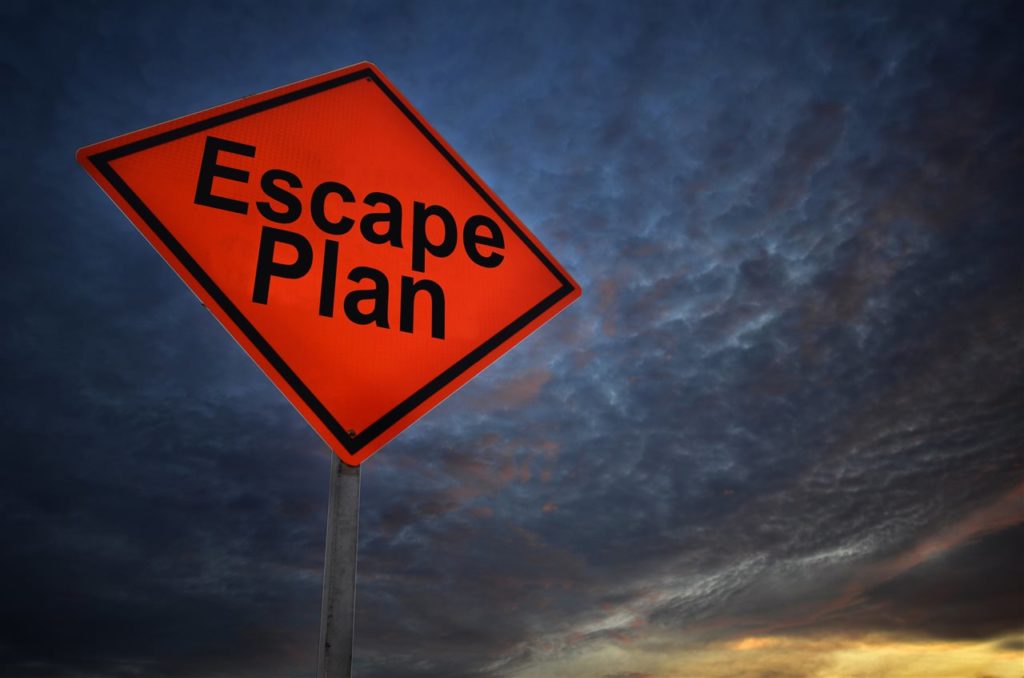(BPT) – If emergency officials in your community issued a mandatory evacuation order to get out of the path of a wildfire, hurricane or other natural disaster, would you know what to take with you, the evacuation route you would take and where you would go until it was safe to return home?
Do you have a personal evacuation plan in place?
If you answered “yes,” you’re like 49% of the 1,795 respondents Mercury Insurance recently surveyed for its emergency preparedness quiz. However, if the question was rephrased to inquire about “having an evacuation plan and practicing it at least once a year,” the results show only 23% meet this criteria.
“Safety should be your first priority in any situation involving a possible disaster or emergency event, and you should respond to mandatory evacuation orders immediately,” said Christopher O’Rourke, vice president of property claims at Mercury Insurance. “Your first instinct might be to panic, so having an evacuation plan in place and practicing it regularly will help ensure you and your family are ready to go at a moment’s notice. And it will also help alleviate some of the stress and anxiety that will undoubtedly be a part of such a nerve-wracking situation.”
The survey also revealed that 39% of homeowners were unsure if they have enough coverage to rebuild if their home is damaged or destroyed by a natural disaster, and 34% don’t have a home inventory they could provide to their insurance company to help get these items replaced. “Homeowners and renters should make a point of touching base with their insurance agents at least once a year to reassess coverage needs,” said O’Rourke. “It’s a good idea to make sure you have enough coverage as you accumulate more belongings, make changes to your home or your family expands – these details may affect your policy limits, as well as create a need for endorsements you might want to consider adding to your policy.”
There is some good news, however, as 88% of respondents said they have an in-home emergency kit stocked with essential items they will need if disaster strikes. If you don’t have a kit, here is a list of the items you may want to include in your kit:
- A three-day supply of water (one gallon per person), non-perishable food items and pet food, if applicable
- A battery-powered or hand-crank radio (and extra batteries)
- A flashlight
- A first aid kit
- A whistle to signal for help
- A can opener
- Blankets
- Tools to turn off utilities
- $200 in cash in small bills, as power may be out, making ATMs, debit and credit cards unusable
- Fully charged battery packs so you can recharge your cell phone
- Prescriptions for you and your pets.
The bottom line is that extreme weather events are anticipated to increase, and you can never be too cautious or over-prepared to protect against Mother Nature. “It’s a bit alarming to discover that, although natural disasters are in the news on a seemingly regular basis, many Americans still aren’t properly preparing themselves if one happens in their neighborhood or city,” said O’Rourke. “These events can have serious repercussions and adopting a wait-and-see attitude is not an option.”


